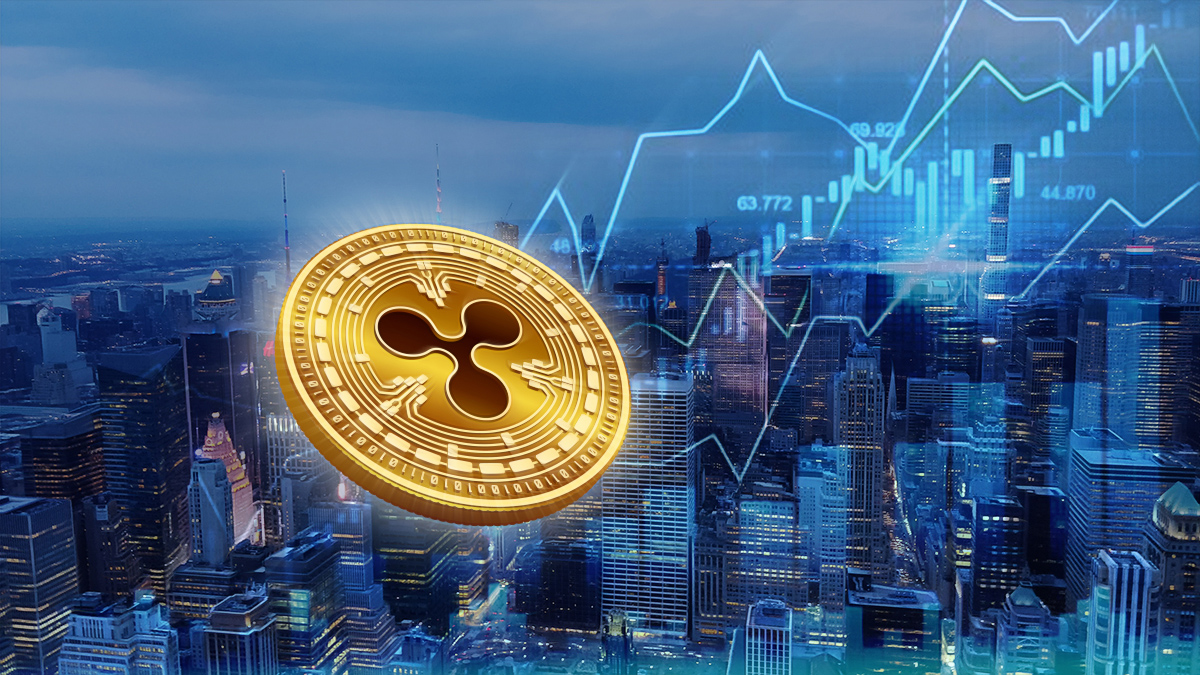Jamie Dimon, a top executive at JPMorgan Chase, has presented a divergent view regarding the Federal Reserve’s interest rate decisions, opposing the general market expectations. While many economists anticipate a rate cut in the near future, Dimon emphasized that the possibility of the Fed raising rates should not be overlooked. Speaking in Ireland, he suggested that the markets might be underestimating the potential impact of inflation on the Fed’s policy decisions.
Possibility of Rate Hike
According to Jamie Dimon, various dynamics within the U.S. economy increase the likelihood of rising interest rates. Dimon highlighted that while the market estimates the probability of a rate hike as low, he considers it a higher probability. He stated, “I think the likelihood of these higher interest rates is more significant than others believe. The market gives it a 20% chance, but I estimate it at 40-50%. It’s concerning.”
Dimon further noted that U.S. government policies on tariffs, immigration regulations, and the budget deficit might drive inflation higher. He cited these factors as reasons why the Fed may act contrary to expectations. Crypto Traders Are Rushing to This App – Here’s Why You Should Too
Economists’ Expectations
There are differing forecasts from others in the financial sector compared to Dimon. Economists from Goldman Sachs Research recently published an analysis predicting a more than 50% chance of the Fed cutting rates in September. This prediction involves expectations of quarter-point reductions in September, October, and December, with potential further cuts in March and June 2026.
According to widely followed CME FedWatch Tool calculations, there is more than a 93% chance of maintaining the current rates at the Federal Reserve meeting in July. The same model predicts a roughly 59% chance of a quarter-point rate cut in the September meeting, indicating a very low short-term likelihood of a rate increase.
There is a noticeable disparity between investors’ and financial institutions’ predictions. While the prevailing expectation is for rate cuts in the short term, some experts suggest that macroeconomic risks may lead to a contrary decision. Dimon’s insights prompt questioning about whether the market fully prices in the risks.
The trajectory of the U.S. economy and global economic developments could prompt rapid shifts in monetary policy, making it implausible to dismiss either view entirely. Inflation, trade policies, and budget deficit developments will be crucial factors in the Fed’s policy-setting process.
The Federal Reserve’s future interest rate policy remains unpredictable. However, the divergence between market forecasts and significant financial institutions necessitates close monitoring of risks and potential outcomes by investors. Despite the prevailing expectation of rate cuts, various economic and political developments could influence the Fed’s decisions. Investors are encouraged to consider multiple scenarios when positioning in the short to medium term.


 Türkçe
Türkçe Español
Español









